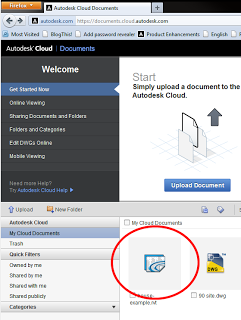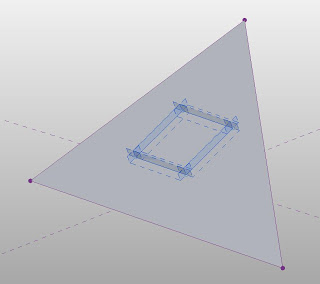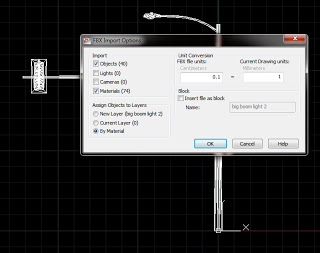In response to Andy’s musing that “I can’t help thinking though that there must be a better way of delivering Revit materials definitions to Architects,” I would like to direct attention to the method used by Lysaght. I previously posted about it here.
Essentially, you download a .adsklib file that you can then access through the Revit material manager / dialog.
Personally, I have struggled to keep up with the way that material definitions have changed over the past couple of years in Revit. The sheer number of tabs and inconsistent screen divisions kinda confuses me (I don’t like having this split screen effect with 2 tabs on one side and 3 on the other… :-S )
In any case, currently the .adsklib method is, in my opinion, the quickest and best way for Suppliers to deliver appropriate Material Appearances into Revit – if any suppliers are listening…
In response to:
Shades of Grey: RUBBER CONTENT



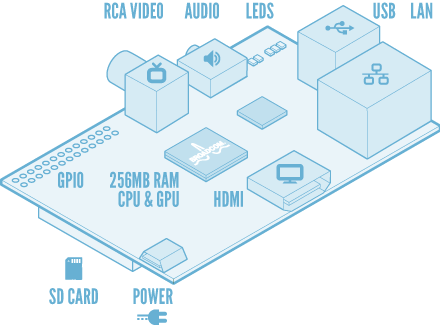


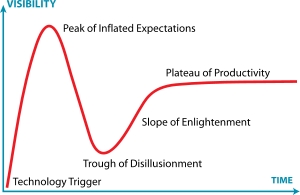
 Steve Deadman @SteveDeadman
Steve Deadman @SteveDeadman Benjamin Malone @BenjaminPMalone
Benjamin Malone @BenjaminPMalone 